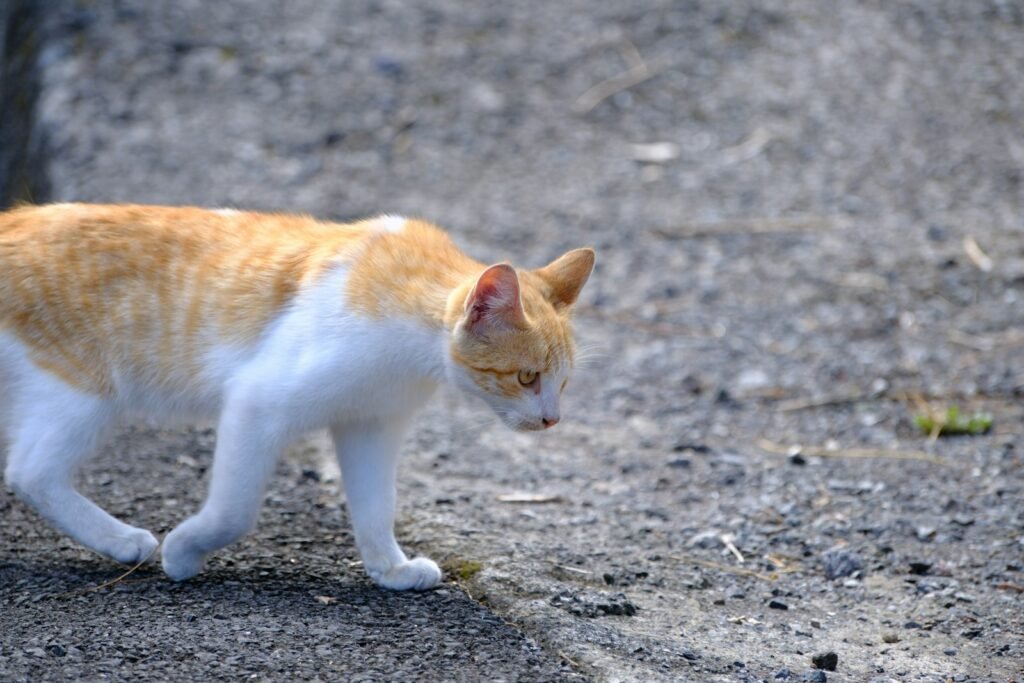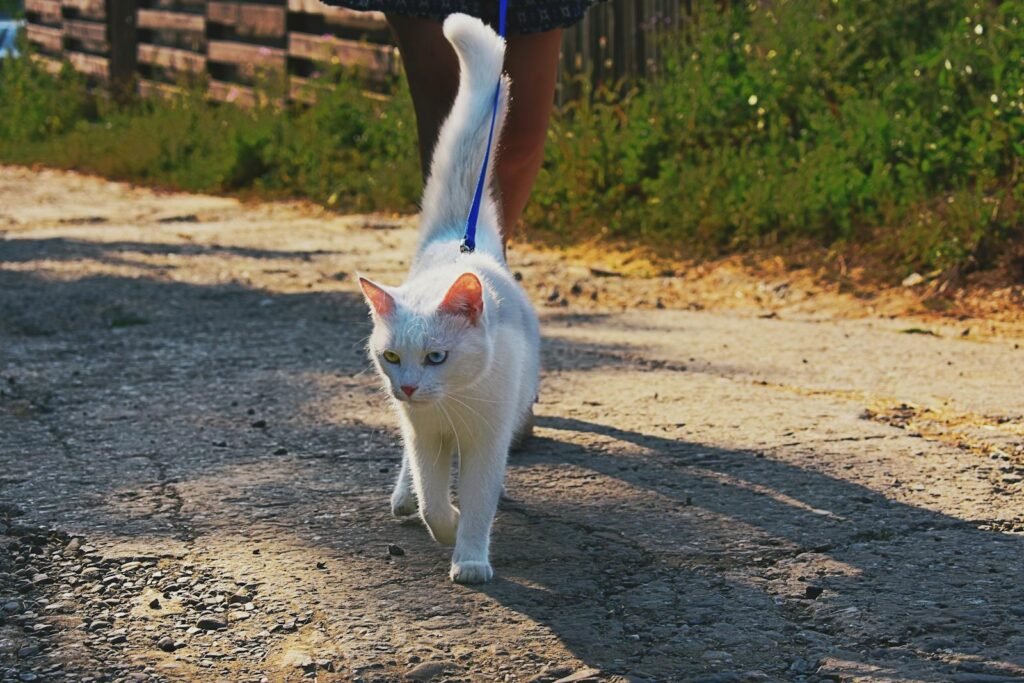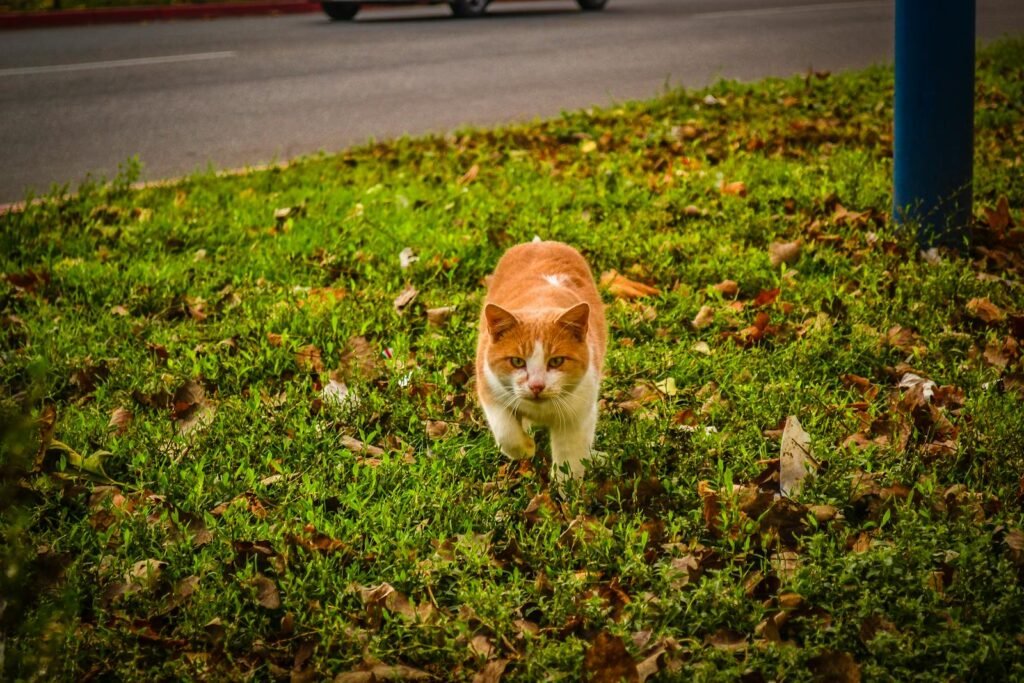The ability of cats to find their way back home over long distances has long fascinated scientists and pet owners alike. Known as the homing instinct, this remarkable trait allows cats to navigate their way back to familiar territories, even when displaced from their usual surroundings. Despite numerous studies, the exact mechanisms behind this impressive skill remain largely a mystery.
Historical Accounts of Feline Navigation

There have been countless anecdotes about cats traveling enormous distances to return to their homes, sometimes covering hundreds of miles. These stories have been passed down through generations, inspiring both admiration and curiosity about how a domesticated animal could possess such a strong sense of direction.
Theories on Homing Instincts in Cats

Researchers and experts have proposed several theories to explain cats’ homing abilities. These include the possibility of using visual cues, olfactory signals, magnetic fields, or a combination of these factors. Each theory, while plausible, doesn’t fully account for every aspect of this mysterious ability.
Role of Scent in Navigation

Cats have a highly developed sense of smell, which they use to mark their territory and recognize their environment. It is hypothesized that cats utilize scent trails to orient themselves and navigate back home. However, how they maintain this scent recognition over great distances remains unclear.
Magnetic Field Hypothesis

Some scientists suggest that cats might possess magnetoreception, a sensitivity to the Earth’s magnetic fields, which helps them orient themselves geographically. This ability is found in other animals, such as birds and sea turtles, but evidence supporting this theory in cats is still inconclusive.
Cats’ Navigational Skills Compared to Other Animals

Cats are not unique in their homing abilities; many animals exhibit similar navigational skills. Birds, particularly migratory species, and certain marine animals demonstrate precise orientation capabilities. Comparing these abilities across species can provide insights into the broader mechanisms behind animal navigation.
Role of Memory and Learning in Cat Navigation

Cats may rely on their memory of landmarks and environmental features to find their way home. This hypothesis suggests that cats learn and remember visual cues and spatial layouts, allowing them to navigate through familiar and even unfamiliar territories.
Psychological and Behavioral Factors

The homing instinct may be partially driven by behavioral factors such as territoriality and attachment. Cats have a strong attachment to their home territories, which may motivate them to undertake long journeys to return to their environments. Understanding the psychological components of this behavior could shed light on their navigation strategies.
Challenges in Studying Feline Homing Instincts

Studying cats’ homing instincts presents numerous challenges. Cats are less cooperative than other animals in controlled studies, making it difficult to conduct experiments that yield reliable data. Moreover, logistical restraints and ethical considerations limit the scope of potential research.
The Future of Research on Feline Navigation

Despite the challenges, advancing technology and methodologies offer new opportunities for researching cats’ homing abilities. Tools like GPS tracking and environmental monitoring could provide more precise data. Collaborations across disciplines might also lead to breakthroughs in understanding this phenomenon.
Conclusion: The Enduring Mystery

The mystery of cats’ homing instincts remains a captivating topic for both science and laypersons. As research continues, we may eventually unravel how these animals navigate vast distances, or perhaps some secrets will forever remain enshrined in the mystique of our feline companions. Regardless, the journey to uncover these mysteries highlights the intricate and remarkable capabilities of the animal kingdom.

Growing up traveling and experiencing new cultures and wonders, I have had a passion for nature, adventuring, photography, and videography. I am currently working towards a BSc in Biodiversity and Ecology at Stellenbosch University, and I hope to specialise in Marine Sciences one day.
Please send any feedback to Feedback@animalsaroundtheglobe.com






